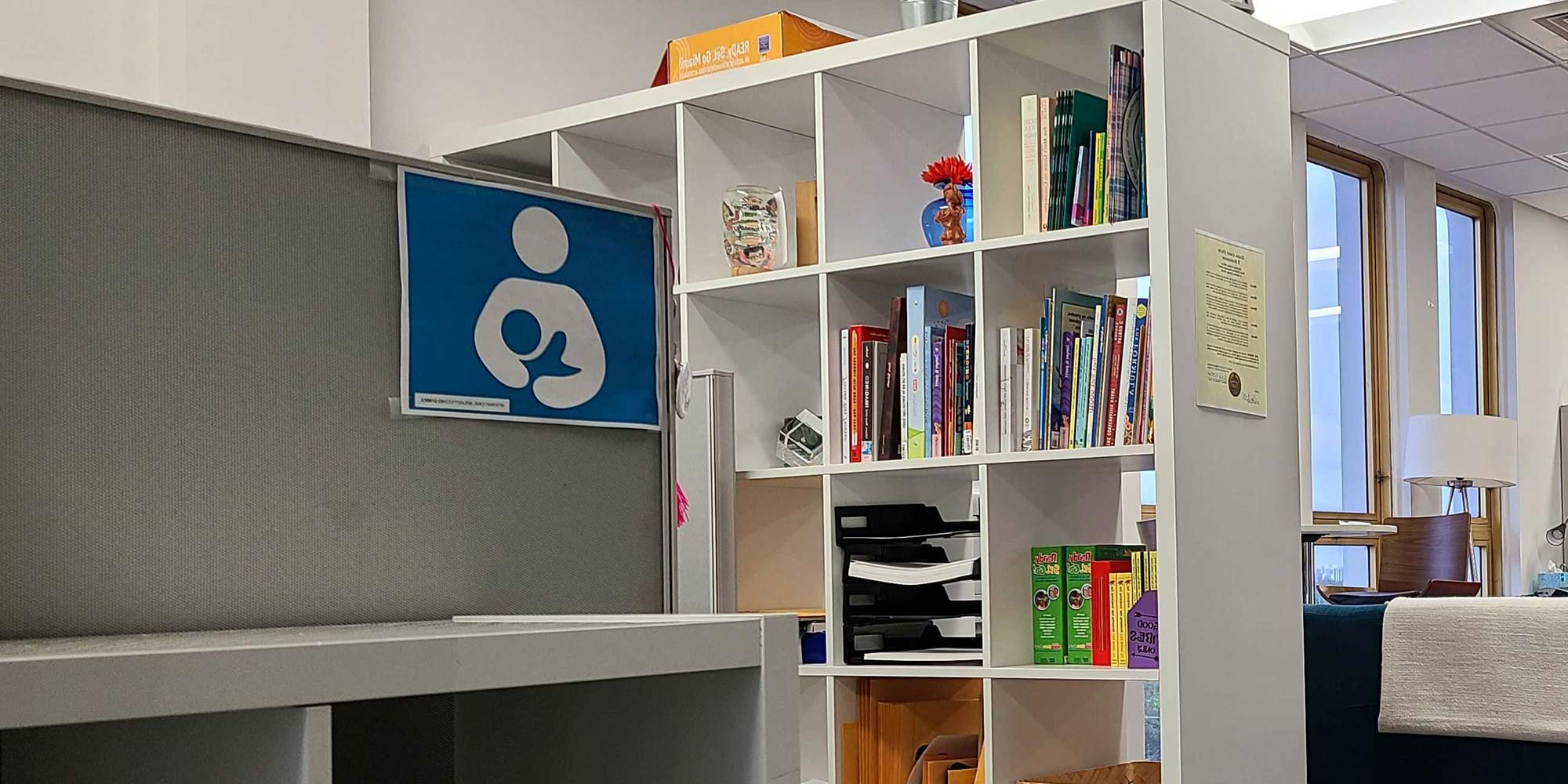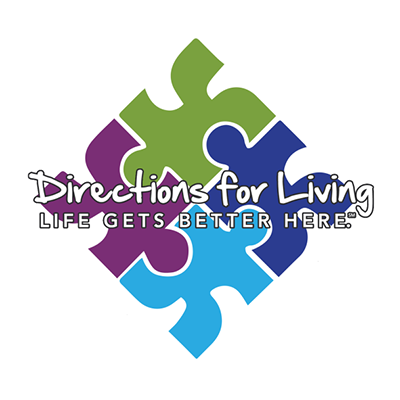On This Page
Here you'll find a range of recommended supports for working parents. To learn more about each area, download the complete Guide to Family-Friendly Workplaces in Florida.
Support for Breastfeeding Mothers
Support for breastfeeding mothers includes a range of benefits:
- Writing corporate policies to support breastfeeding women;
- Teaching employees about breastfeeding;
- Providing designated private space for breastfeeding or expressing milk;
- Allowing flexible scheduling during work;
- Providing high-quality breast pumps; and
- Offering professional lactation management services and support.
Other policies outlined throughout this report also help to support breastfeeding mothers, including giving mothers flexible options for returning to work, such as teleworking, part-time work, and extended paid parental leave; and providing on-site or near-site child care.
Benefits to Employers1
- Increases retention, reducing turnover costs
- Provides a three-to-one return on investment, largely from health care costs savings
- Reduces employee absenteeism
Benefits to Children2
- Reduces infant mortality
- Breastfeeding lowers child’s risk of ear infections, respiratory infections, diarrhea, dermatitis, gastrointestinal disorders, asthma (young children), obesity, certain childhood cancers, and types 1 and 2 diabetes
- Increases parent-child bonding
- May increase IQ
- Reduces doctor and hospital visits
Benefits to Parents/Families
- Breastfeeding lowers mother’s risk of breast and ovarian cancer, high blood pressure, and type 2 diabetes3
- Improves family economic security4
Under the Break Time for Nursing Mothers provision of the Affordable Care Act, employers who fall under the Fair Labor Standards Act must provide all non-exempt and some exempt workers with a private place to express milk that is not a bathroom. Employers must also provide break time to express milk.
Pregnant Worker Accommodations
Pregnant worker accommodations are work adjustments, such as more frequent breaks or light carry duty, that allow pregnant women to do their jobs safely, without jeopardizing their health or the health of their babies.
Benefits to Employers5
- Increases productivity
- Provides benefit to employee at no or low cost to employer
- Improves recruitment
- Increases retention, reducing turnover costs
- Reduces employee absenteeism
- Reduces health care costs
- Reduces litigation costs
- Increases diversity
- Increases safety
- Increases employee commitment and satisfaction
Benefits to Children6
- Improves unborn baby’s health and safety, including lower risk of preterm birth, low birthweight, or miscarriage
Benefits to Parents/Families7
- Improves mother’s health and safety and lowers risk for miscarriage
- Improves family economic security
Most often, women need minor accommodations during work to protect their health while pregnant, according to a national survey of more than 1,000 US women who have given birth.8
Florida is one of 22 states that have passed laws further protecting pregnant workers. The Florida Civil Rights Act bans pregnancy discrimination and applies to organizations with 15 or more employees.9
Babies at Work
A babies at work program allows parents to bring infants to work with them — generally up to about six months of age or crawling.
Benefits to Employers10
- Increases productivity
- Lowers health care costs from increased breastfeeding rates
- Improves recruitment
- Increases retention, reducing turnover costs
- Increases customer loyalty
- Improves morale
- Increases teamwork and collaboration
Benefits to Children11
- Facilitates better-socialized babies
- Increases parent-child bonding
- Provides health benefits of breastfeeding
Benefits to Parents/Families12
- Lowers child care costs
- Improves family economic security
- Creates social network/ support for parents
- Reduces stress
- Provides more options for women
- Facilitates easier breastfeeding
- Enables working fathers to be more involved with their babies
Though 27 percent of US employers allow employees to bring their children to work in the event of an emergency, a true, formal babies at work program is relatively rare. Just three percent of employers have one.13
Family Friendly Policies
Footnotes
- United States Breastfeeding Committee. “Workplace Accommodations to Support and Protect Breastfeeding.” May 2010. http://www.usbreastfeeding.org/p/cm/ld/fid=196
- North Carolina Early Childhood Foundation. “The Research Basis for Family-Friendly Workplaces.” June 14, 2018. https://files.familyforwardnc.com/wp-content/uploads/2018/04/NCECF_FFNC-policyfactsheet-061418.pdf
- Agency for Healthcare Research and Quality. “Breastfeeding Programs and Policies, Breastfeeding Uptake, and Maternal Health Outcomes in Developed Countries.” July 18, 2018. https://effectivehealthcare.ahrq.gov/topics/breastfeeding/research
- Weimer, John. “The Economic Benefits of Breastfeeding: A Review and Analysis.” U.S. Department of Agriculture. March 2001. http://www.aeped.es/sites/default/files/6-economic_benefits.pdf
- North Carolina Early Childhood Foundation. “The Research Basis for Family-Friendly Workplaces.” June 14, 2018. https://files.familyforwardnc.com/wp-content/uploads/2018/04/NCECF_FFNC-policyfactsheet-061418.pdf
- North Carolina Early Childhood Foundation. “The Research Basis for Family-Friendly Workplaces.” June 14, 2018. https://files.familyforwardnc.com/wp-content/uploads/2018/04/NCECF_FFNC-policyfactsheet-061418.pdf
- North Carolina Early Childhood Foundation. “The Research Basis for Family-Friendly Workplaces.” June 14, 2018. https://files.familyforwardnc.com/wp-content/uploads/2018/04/NCECF_FFNC-policyfactsheet-061418.pdf
- National Partnership for Women and Families. “Listening to Mothers: The Experiences of Expecting and New Mothers in the Workplace.” 2014. http://www.nationalpartnership.org/research-library/workplace-fairness/pregnancy-discrimination/listening-to-mothers-experiences-of-expecting-and-new-mothers.pdf
- http://www.leg.state.fl.us/Statutes/index.cfm?App_mode=Display_Statute&Search_String=&URL=0700-0799/0760/Sections/0760.10.html
- North Carolina Early Childhood Foundation. “The Research Basis for Family-Friendly Workplaces.” June 14, 2018. https://files.familyforwardnc.com/wp-content/uploads/2018/04/NCECF_FFNCpolicyfactsheet-061418.pdf
- North Carolina Early Childhood Foundation. “The Research Basis for Family-Friendly Workplaces.” June 14, 2018. https://files.familyforwardnc.com/wp-content/uploads/2018/04/NCECF_FFNC-policyfactsheet-061418.pdf
- North Carolina Early Childhood Foundation. “The Research Basis for Family-Friendly Workplaces.” June 14, 2018. https://files.familyforwardnc.com/wp-content/uploads/2018/04/NCECF_FFNC-policyfactsheet-061418.pdf
- North Carolina Early Childhood Foundation. “The Research Basis for Family-Friendly Workplaces.” June 14, 2018. https://files.familyforwardnc.com/wp-content/uploads/2018/04/NCECF_FFNC-policyfactsheet-061418.pdf
We are grateful to our partners in North Carolina who provided much of the research base for this guide. Additional information can be found at www.familyforwardnc.com.

©2021 North Carolina Early Childhood Foundation. All Rights Reserved.






